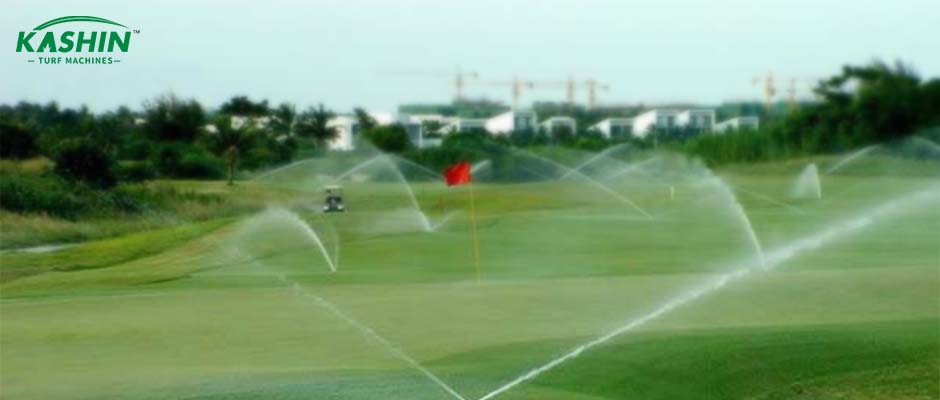The requirement for water in lawn maintenance is also very important. Watering is required in time after applying fertilizer and pesticide to the lawn. On the one hand, it can promote the absorption of nutrients by lawn grass. On the other hand, it can wash away the fertilizers, pesticides and dust attached to the leaves of lawn grass, reduce the harm of fertilizers and pesticides, and increase the ornamental value of lawn. Due to the abnormal climate in recent years, the temperature in southern my country is higher, and it is extremely difficult for the cold-season lawn grass to survive the summer. At this time, watering at dusk can improve the ability of lawn grass to survive the summer. In the northern region, there is often a lack of rain in spring. Watering with frozen water once before winter can make the roots of the lawn fully absorb water and increase the ability of lawn grass to survive the winter. In the south, watering in spring can promote the early greening of lawn grass.
1. Requirements for lawn grass watering
Mainly includes the intensity, uniformity, and atomization of watering.
Intensity of lawn watering (sprinkler irrigation). The intensity of lawn sprinkler irrigation refers to the depth of water sprayed on the lawn ground or the amount of water sprayed on the unit area per unit time. Generally, it is required that water can immediately penetrate into the soil when it falls on the ground without surface runoff and water accumulation. Different textures of soil allow different sprinkler irrigation intensities. Sprinkler irrigation uniformity. The quality of sprinkler lawn growth mainly depends on sprinkler irrigation uniformity. Experience shows that within the range of the sprinkler head, the lawn grass grows neatly and beautifully; in places where there is little or no water, the lawn grass will appear yellow-brown, and some will even wither and die, affecting the overall appearance of the lawn.
Sprinkler irrigation atomization. Atomization refers to the degree of atomization and crushing of the sprinkler water tongue in the air. In the early stage of lawn construction, if the spray droplets are too large, it is easy to damage the seedlings. Therefore, it is best to cover the spray tube with crop straw such as wheat straw or fine sand in the seedling stage.

2. The number of times the lawn is watered
When determining the number of times the lawn is watered, the above factors should be carefully analyzed and studied to determine the reasonable number of watering. Too many watering times will result in a high incidence of lawn, poor resistance to trampling, and weak growth; too few watering times will limit the normal growth of the lawn due to lack of water, affecting the quality of the lawn. When the soil moisture drops to the minimum limit allowed by the lawn grass, watering should be carried out. When the soil moisture content allowed by the lawn grass is reached, watering should be stopped.
Under normal circumstances, watering can be carried out 1-2 times a week in the rainless season. When there is no rain for a long time, watering can be carried out 2-3 times continuously, otherwise it is difficult to relieve the drought. In northern my country, for the established lawns, watering is usually carried out once before the lawn sprouts in spring and when the lawn grass is about to stop growing in autumn, namely “spring water” and “freezing water”. These two waterings are very important for northern lawns.
3. praying water on the leaves of the lawn
In some cases, even if the soil moisture is sufficient, wilting will occur at noon, especially on low-cut lawns. This may be related to the shallow root distribution of the lawn grass, too thick dead grass layer and diseases, or to poor ventilation caused by waterlogging and compaction in the soil. When the evaporation and transpiration of the lawn grass exceed the absorption capacity of the root system, the water in the plant body is deficient, and wilting occurs.
Foliar spraying is an important part of lawn construction and maintenance. Spraying the lawn leaves can lower the temperature of the lawn ground and lawn plant tissues, reduce evaporation, and replenish the water deficit in the lawn plants. At the same time, harmful substances can be washed off the leaves. Spraying water on newly planted lawns, including turf and seeds, can avoid dehydration, keep them moist, and promote root growth. Spraying water on lawns damaged by pests and diseases can promote the growth of new roots, enhance their water absorption capacity, and quickly restore their vitality.
Post time: Nov-08-2024
